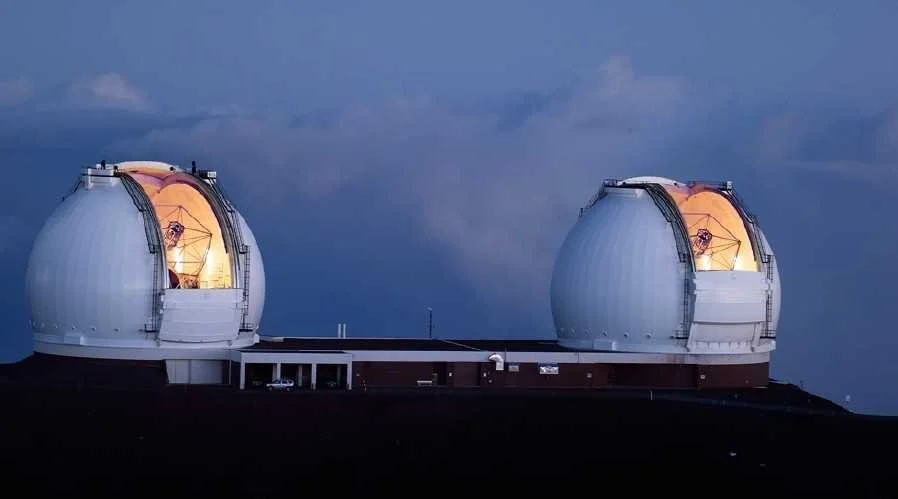Close Encounter with Pluto
Today is the close encounter with Pluto. NASA’s New Horizons Spacecraft closed in on that dwarf planet at a prodigious speed and is doing a drive-by-science-mission today. It took our biggest booster to send the little spacecraft out to the end of the Solar System and there was no room in the weight budget for any fuel to slow down. With the imagers on board (and they are thirteen year old technology because it took three years to build the spacecraft and the actual flight time was almost ten years) the science team at Johns Hopkins University will be still able to resolve and photograph features as small as the lakes in Central Park NYC.
Earlier today, the spacecraft was commanded to devote all its battery power to the science modules and thus communications with Earth are shut down ... temporarily. It will be a very tense day at mission control. After it zips by Pluto (plunging through its local system of five known moons and hopefully missing any un-discovered moons), it will broadcast the images and science data it has gathered. Those signals will travel at the speed of light, but Pluto is so far from Earth that it will take 4.6 hours for them to get here. New images will be released by the end of the day.
It is very human to anthropomorphize things ... the astronomers looking at the first, blurry images of Pluto jumped right in and began naming features as the planet rotated. It is a “man-in-the-moon” perception phenomenon. I’ll bet these casual references will stick and we will see them on future maps of Pluto. The “heart” is one and the “whale” is another that everybody sees. Other named features make no sense to me. As higher resolution images appear you can bet there will be lots of “naming.” Every NASA scientist wants his or her name on a crater or canyon.
Have fun with this ... it won’t happen again for decades (It takes ten years just to fly there).
While it is not as cool as watching the first lunar landings, it is our first glimpse of the edge of the solar system.







